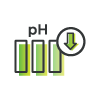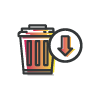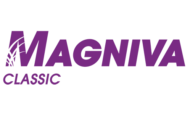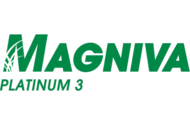One way to manage on-farm feed costs is to grow and feed more home-grown forages. However, silage produced from your forage needs to be of the best quality possible to fully take control of feed costs.
Home-grown grass, maize, legumes, alfalfa and whole cereal crops are excellent sources of protein and energy.

Increasing silage in a ration will only be of benefit if it is of the best possible quality. Poorly fermented silage contains decreased energy and protein levels and increases losses due to higher waste. None of this helps to take control of silage quality and on-farm costs.
Which inoculant is right for you?
Choosing proper silage inoculant for your specific challenges and on farm operations is key to better quality silage. Find out which MAGNIVA Silage Inoculant is right for you with our simple product selector tool.












